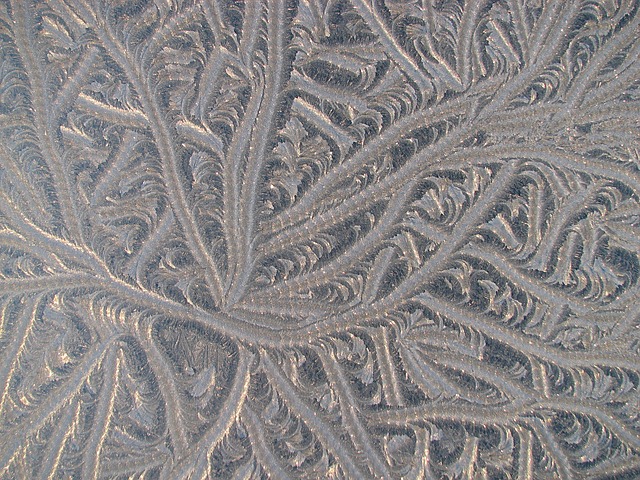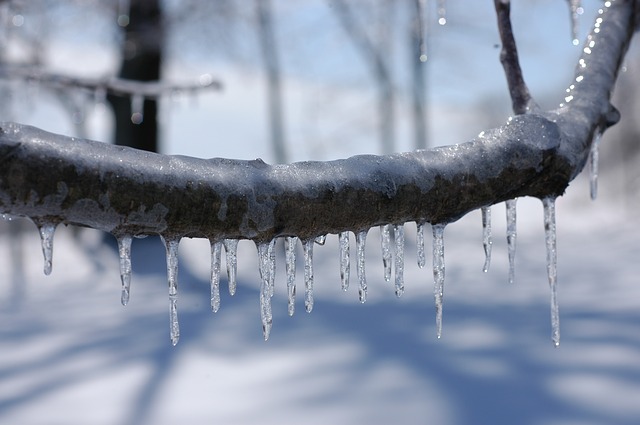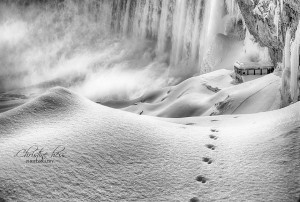Following several mild winters, Canada’s reputation as the second coldest country next to Russia was reaffirmed in winter 2013-14. While at times British Columbia and the Yukon were basking in balmy breezes and sunny skies, the rest of us were shivering our way through the coldest winter in 18 years and the third coldest in 35 years. That devilish polar vortex – a circulation of frigid, dense Arctic air − moved much farther south than normal, freezing the heart of North America from Tuktoyaktuk to Toronto to Tallahassee. At the same time, weather systems from the Pacific that help push cold lows back to the north or across to Siberia were scarce. The intensity of the cold was remarkable, but it was its duration that brought us to our knees. In most parts of the country winter came to town early and wouldn’t leave, staying from Halloween to beyond Easter. And while January did have a thaw, it was feeble and lasted hours not days or weeks. For millions of Canadians from Windsor to Quebec City, the “normal” winter period from December to February was the eighth coldest ever recorded. Even more revealing, the five months between November and March inclusive were the coldest since the start of national record-keeping in 1948.
And we didn’t just feel it; we were surrounded by it in the form of record snowfalls, crippling ice storms and lingering snow cover. Snowfall records were set in Windsor, Calgary, Red Deer, Kenora and a handful of other cities across Canada. In Saskatoon, there was snow on the ground for six months – likely the longest period with continuous snow cover since 1955 when record-keeping began.
The following is a sampling of how cold and snowy it was:
- According to weather data logged by NASA’s Curiosity Rover, residents between Regina and Rouyn woke up some mornings to temperatures colder than those on Mars.
- On January 7 at 2:00 p.m., Canada’s most southerly city, Windsor, was -17.4°C – 10 degrees colderthan Canada’s most northerly city, Iqaluit.
- On New Year’s Day, Ottawa went from slushy puddles and melting temperatures to -23°C in fewer than 24 hours. But the city’s brutal cold had nothing on locations in Quebec, where the wind chill hit an unbearable -56 at Fermont and Normandin and exposed flesh could freeze in under two minutes. Just two days later, at Lac Benoit, the temperature dipped to a low of -47.4°C.
- February 26 was Hamilton’s 47th day under a cold alert, the identical number of cold alert days for the city over the past three winters combined.
- Freezing-degree days below 0°C were 15 per cent higher than average over southern Ontario and Quebec, which explains the unusually thick river and lake ice.
- Toronto experienced its c-cc-coldest winter in 20 years, which prompted the public health office to issue 36 extreme cold alerts compared to nine the previous year. Further, the city had snow on the ground for more than 100 consecutive days on top of a layer of pre-Christmas freezing rain.
- Kenora’s winter was the coldest and snowiest since 1938 when record-keeping began, while Kitchener-Waterloo logged 25 days below -20°C; normal is 6.
- Nobody had it worse than Winnipeg, arguably the coldest big city in Canada. No one alive can say they’ve lived it colder there as residents survived the coldest December to March, inclusive, since 1898 – long before urban heat islands, automobiles, heavy industry and long before global warming. Temperatures averaged -20°C when the normal average is -14.3°C, and there were 30 raw days when the temperature dropped below -30°C versus a typical average of 12. Adding to the misery, the city received an abnormally large amount of snow. The 155 cm that fell was well above the average of 100 cm and the most the city had received since the winter of 1996-97 – enough to bust the myth that it’s ever too cold to snow! The only good news was that the cold and snow were so dry it helped minimize the spring flood risk

The bone-chilling, teeth-chattering weather and lasting snow had a host of negative impacts. A shortage of road salt in parts of central Canada had suppliers scrambling to find extra supplies, and consumers of propane and natural gas fumed at skyrocketing prices. The frigid weather caused record levels of power consumption as customers cranked up the thermostat to beat back the cold, and home and business owners faced up to 20 per cent billing increases. Frequent blackouts just made things worse. For the homeless, the bitter cold made a hard life harder. Hospitals were pushed to handle more cases of frostbite, hypothermia and falls from icy sidewalks and streets, and Canadian Blood Services reported a significant decline in donor numbers. The winter’s duration and difficulty also led to increased reports of depression and anxiety. At times, the intense cold created transportation nightmares. Towing companies couldn’t keep up with the calls, with waits for roadside service typically reaching five hours or more for low-priority calls. Extreme cold also caused air travel chaos when Canada’s biggest airport, Toronto’s Pearson International, shut down causing serious ripple effects for aviation across the country.
For plumbers, things couldn’t have been busier as they scrambled to thaw frozen hydrants, ruptured pipes and broken sprinklers. Homeowners flooded city hot lines, complaining about burst water pipes and frozen toilets. Some residents in Winnipeg lost water for months as persistently cold temperatures froze the ground one or two metres below the surface. The city incurred the highest number of frozen water pipes in more than 35 years. Hundreds of pipes also froze in Thunder Bay and Kenora, leading the latter to issue a citywide boil-water advisory. Frozen pipes, along with big snowfalls and biting wind chills, also contributed to school snow days and event cancellations becoming regular occurrences across eastern Canada.
Brutal winter conditions also took their toll on plants and animals. Winterkill was especially severe across the board with damage to golf courses costing millions of dollars in lost business and repairs. Ontario’s wine industry lost millions of dollars after cold killed 60 to 95 per cent of the grape buds. In some communities, biologists reported a record loss of trees and ornamental shrubs from winterkill, salt damage or wind desiccation. On the farm, extreme cold meant that cattle had to eat even more just to stay warm. Bee farmers reported losses in their hives as high as 50 per cent over the past winter. The severe cold and deep snow also contributed to a decline in deer populations, while brown bats literally dropped and died from the biting cold.









